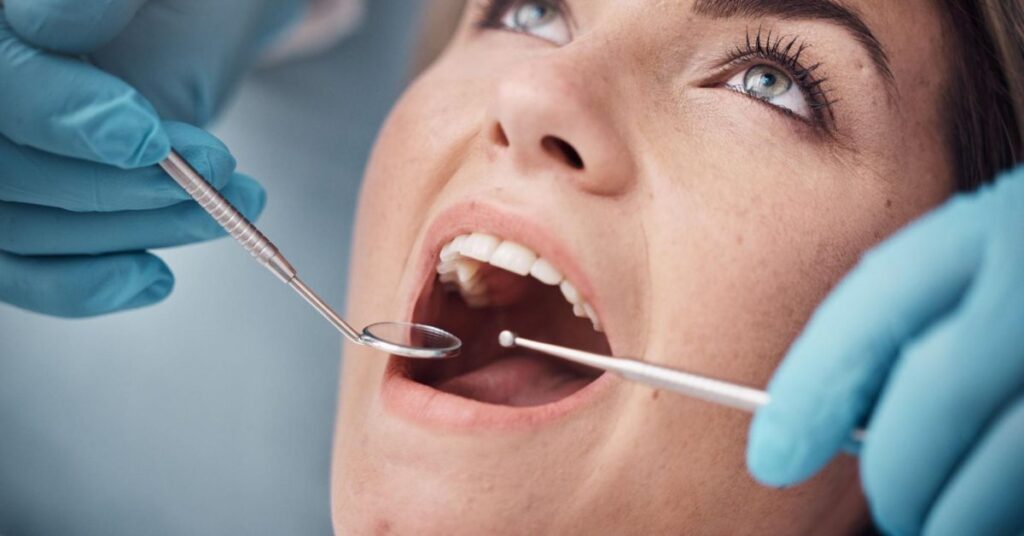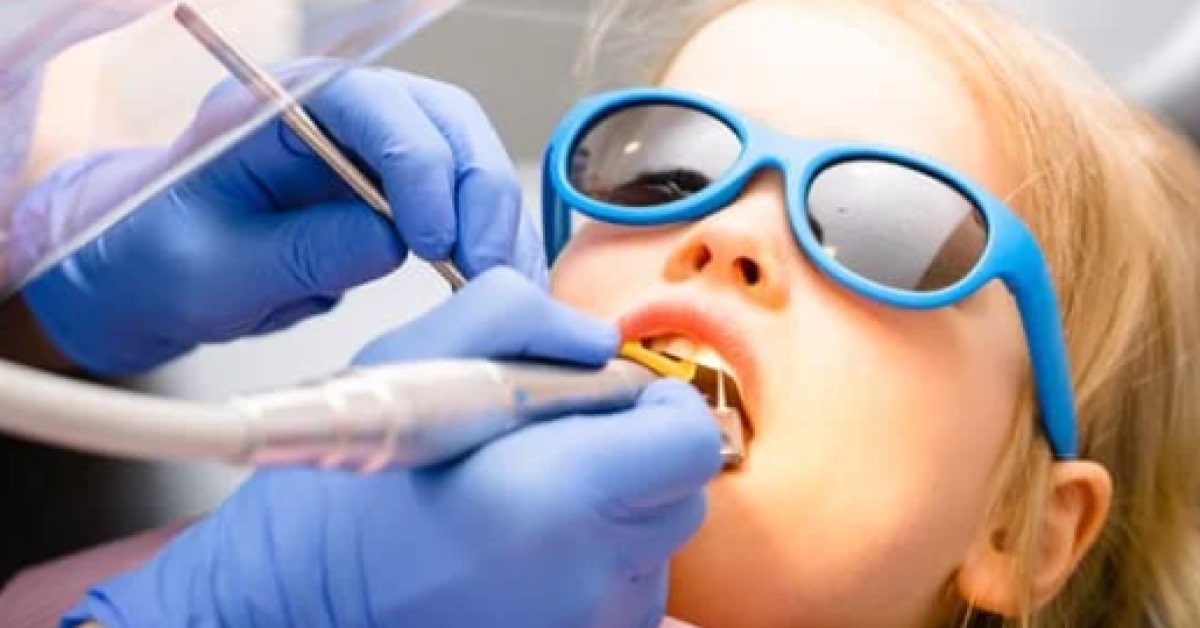Blog
May 10, 2023 • 10 mins readAnnual Dental Cleanings
Are you looking for information about annual dental cleanings? Learn more about the benefits of annual dental cleanings and how to schedule an appointment today.
Author
Danielle Duncan

In this Article
You’ve heard it a lot recently, dental professionals across the board are signaling the importance of oral health and the impact poor oral hygiene plays in not just mouth health, but whole body health. But, that doesn’t mean that patients are fully on board yet with just how important their daily routine and semi-annual checkups and cleanings are to the rest of their body.
Dental cleanings, a part of the regularly scheduled semi-annual visit to a dentist, is an essential part in maintaining optimal oral health and overall function. During the semi-annual dental cleaning and exam, a dental hygienist will take the time to clean, floss, polish, and remove any hardened plaque, bacteria, and tartar. These dental cleanings work in tandem with a diligent oral hygiene routine followed at home and can help to prevent periodontal disease, dental caries, and other dental maladies that can cause systemic infections or organ decline if not treated appropriately.
What types of dental cleanings are there?
Based on the patient’s needs, there are a few different types of dental cleanings that may be done during the appointment, all of them with the same goal; to move any harmful bacteria to reduce the risk of the decline of dental health.
Prophylaxis:
The standard, preventative cleaning that most patients undergo during their semi-annual or annual exams.
Gross debridement:
Patients who have avoided seeing their dentist for over a year or more, or who have a lot of plaque buildup will likely benefit from a gross debridement. Similar to the standard prophylaxis cleaning, the appointment may take a little longer depending on the amount of buildup there is. Another benefit to gross debridement is that it can help to determine if there are any underlying issues that weren’t initially discovered before the cleaning.
Resources:
Scaling and root planing:
This is a deep dental cleaning that reaches deep beneath the gum line to flush out bacteria and hardened calculus (tartar) around the tooth roots. This dental cleaning procedure is usually reserved only for patients who have mild to moderate perio (gum disease). During this procedure, local anesthetic is used to numb the gums during the procedure.
What is involved in dental cleaning?
Despite the type of cleaning, each dental cleaning will include scaling and polishing the teeth, however, that depends on the patient’s individual needs and the opinion of the dentist and dental hygienist performing the cleaning.
Scaling:
Scaling is completed with hand instruments called scalers. This step is used to remove plaque and tartar from the tooth surface. Some dental practices that utilize newer technology may also use an ultrasonic scaler.
Polishing:
During the polishing step, a dental hygienist will polish each tooth using a soft rubber cup and a special paste. Polishing helps to remove biofilm on the tooth surface and reduces the buildup of plaque while being gentle on the enamel.
Dental X-rays:
Every 36 months is the golden timeframe for new dental X-rays to be taken of patients. However, some patients may require them more frequently depending on the overall health and any conditions that may require frequent monitoring. These dental X-rays are an essential part to maintaining appropriate oral health.
Preventative Treatments:
Depending on the patient’s oral health needs, dentists or hygienists may recommend other preventative measures such as flouride treatments or dental sealants.
Treatment Recommendations:
During the dental cleaning, the hygienist and dentist will take notes on any concerns they may have. After the scheduled cleaning, they will take the time to discuss any cavities or potential gum disease and will discuss what treatment options are best moving forward.
How often should dental cleanings be scheduled?
The American Dental Association recommends following the dentist’s recommendation of regular visits that are usually every six months to a year, and may vary depending on the patient’s oral health needs.
What are the benefits of regular dental cleaning appointments?
- Improved whole-body health.
- Reduced risk of serious oral health problems.
- Bad breath.
- Reduced cost due to preventative care.
Are there risks?
Just like any other medical treatment, dental cleanings, though safe and effective, can sometimes come with some risks or complications. The most common temporary side-effects from dental cleanings are sore gums and tooth sensitivity. However, if a patient suffers from an underlying health condition, appropriate safety measures will be taken during each cleaning to prevent any undue risk.
As a whole, annual or semi-annual dental cleanings are an important part of anyone’s oral health routine and can help prevent costly treatments due to poor oral health in the future.
Fortunately, dental cleanings are an inexpensive way to maintain oral and whole body health and can be billed to medical insurance, saving patients time, money, and discomfort in the long run.



